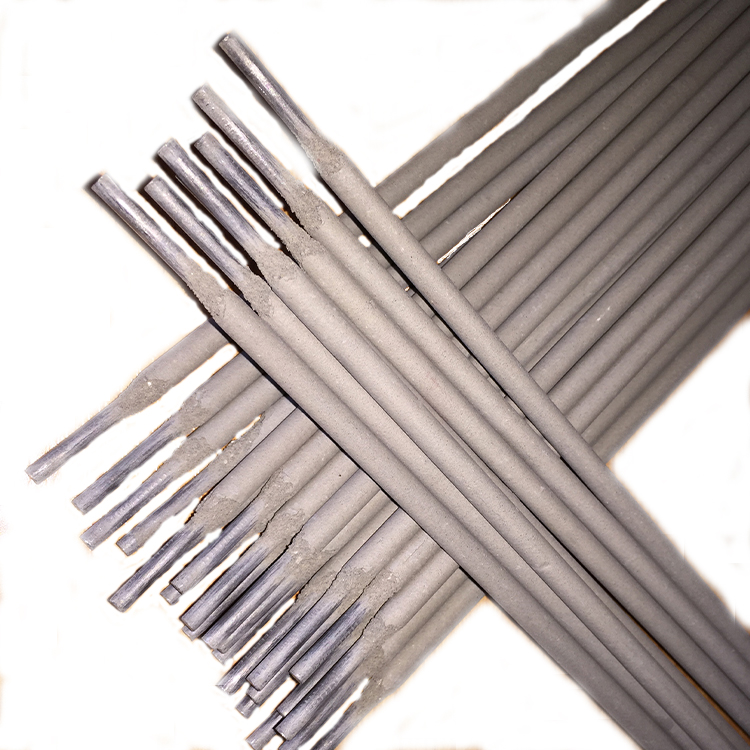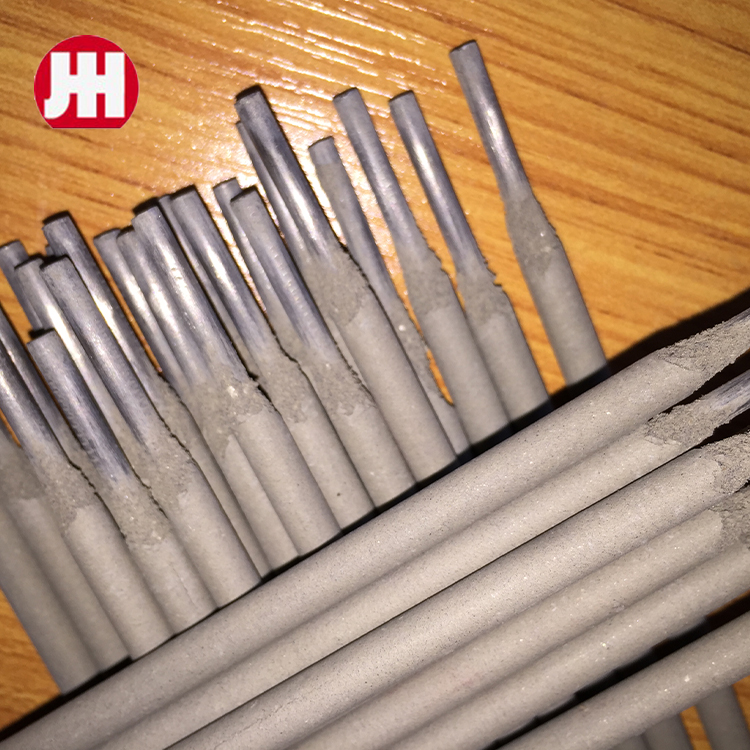Welding Electrode 7016 – Low Hydrogen, AC/DC, All-Position
E7016 welding electrodes rod manufacturers: what the shop floor really says
If you’ve been around structural steel or pressure-vessel work for any length of time, you know the quiet reliability of the Welding Electrode 7016. It’s not flashy like flux-cored and it won’t flood your booth with metal like iron-powder sticks, but in critical welds—bridges, ship frames, pipe spools—this rod just delivers. To be honest, many customers say they switch back to it when the weather turns and fit-up gets tight.

Standards, classification, and what’s inside
This model is tagged J506 (J48.56) per GB/T 5117 E5016, AWS A5.1 E7016, and ISO 2560-B-E 49 16 A. In plain language: a low-hydrogen, potassium-coated stick for all-position AC or DC+ welding of carbon steels. The coating chemistry is tuned for arc stability on AC, which—surprisingly—still matters on many job sites with transformer sets humming along.

Product snapshot (field-friendly specs)
| Standard/Class | AWS A5.1 E7016; GB/T 5117 E5016; ISO 2560-B E 49 16 A |
| Polarity | AC or DC+ (DCEP) |
| Tensile Strength | ≥ 70 ksi (≈490 MPa) per AWS; real-world ≈ 72–78 ksi |
| Yield Strength | ≥ 58 ksi (≈400 MPa) |
| Elongation | ≥ 22% (typical 24–28%) |
| Diffusible H | Low H (often ≤ H8 with proper bake) |
| Positions | All positions (except vertical down) |
| Typical Current | 3.2 mm: 90–130 A; 4.0 mm: 130–170 A (varies by joint/heat) |
| Rebake/Storage | 250–300°C for 1–2 h; hold 100–150°C; shelf life ≈ 12 months dry |
Applications: bridges, shipbuilding, pressure vessels, boiler tubes, general fabrication, and repair on medium-carbon steels. Weld metal toughness is solid for most temperate climates; for sub-zero service, many fabricators bump preheat and control interpass (I guess everyone has their favorite recipe).

How it’s made (short process flow)
- Core wire: mild-steel rod, tight diameter tolerance, Cu-coated.
- Flux mix: low-hydrogen minerals, binders, potassium salts for AC stability.
- Extrusion: flux applied evenly; baked to remove moisture; batch-coded.
- Testing: tensile, bend, macroetch, diffusible H (per AWS A5.1); optional impact tests.
- Packaging: moisture-barrier wrap; some buyers add vacuum packs.
From the plant at NO.368 YOUYI NORTH STREET, XINHUA DISTRICT, SHIJIAZHUANG CITY, CHINA, shipments typically leave in palletized cartons. Service life of the weld? In properly designed structures, decades; the rod itself demands dry storage or it will punish you with porosity, to be frank.

Field notes and test data
Shop trial, 12 mm plate, 3G up, 3.2 mm Welding Electrode 7016, DCEP 115 A, preheat 80°C: tensile 76.4 ksi; side-bend passes; hydrogen test H7.6 ml/100 g. Another run on AC with an older transformer was still stable—arc was softer but controllable. Many customers mention smooth slag lift-off and fewer restarts compared to some E7018 batches.
Vendor snapshot (what buyers compare)
| Vendor | Certifications | Lead time | MOQ | Customization | Price (≈) |
|---|---|---|---|---|---|
| SteelToolsChina (E7016 welding electrodes rod manufacturers) | ISO 9001; AWS A5.1 conformity | 15–25 days | 1–2 t | Branding, packing, diameter mix | Mid-range |
| Regional Brand A | ISO 9001; CE (where applicable) | 20–30 days | 3 t | Label + color wrap | Mid–High |
| Global Brand B | AWS/ASME approvals, mill certs | Stock or 7–14 days | Pallet | Limited | High |

Customization and packaging
Private-label sleeves, moisture-indicator bags, vacuum packs, and mixed-diameter cartons are all fairly common. For offshore or bridge work, buyers usually ask for batch-level mechanicals and hydrogen reports—absolutely worth it.
Mini case study
A Southeast Asia shipyard swapped part of its E7018 workflow to Welding Electrode 7016 for root and hot passes on 355 MPa hull steel. Results: 7% faster vertical-up travel, fewer arc-outs on older AC rigs, and cleaner slag peel. Failures? None in bend testing; CVN at 0°C averaged 32 J (shop conditions; your mileage may vary).
Compliance and documentation
- Standards: AWS A5.1/A5.1M; ISO 2560-B; GB/T 5117.
- WPS/PQR support for ASME IX jobs on request.
- Mill test certificates and batch traceability available.
Welding Electrode 7016 isn’t glamorous—but when code inspectors start hovering, it tends to shine.
References
- AWS A5.1/A5.1M: Specification for Carbon Steel Electrodes for Shielded Metal Arc Welding.
- ISO 2560-B: Welding consumables — Covered electrodes for manual metal arc welding of non-alloy and fine grain steels.
- GB/T 5117: Carbon steel electrodes for shielded metal arc welding.
- IIW (International Institute of Welding) guidelines on hydrogen control in SMAW consumables.
- ASME Section IX: Welding, Brazing, and Fusing Qualifications (for WPS/PQR acceptance).
-
High-Quality Welding Electrodes 4.0mm*400mm for Industrial Use | Steel Tools ChinaNewsNov.24,2025
-
Explore the Benefits and Uses of 2.6mm Welding Electrode 6013 | Global GuideNewsNov.23,2025
-
Understanding CO2 Welding Wire Price: Global Impact, Trends, and TipsNewsNov.22,2025
-
Top Guide to Welding Wires CO2 – Specifications, Benefits & Industry UsesNewsNov.22,2025
-
Comprehensive Guide to Welding Electrode 6011 – Global Applications & BenefitsNewsNov.21,2025
-
AWS E6013 Welding Rod-HEBEI YUJINHONG TECHNOLOGY CO.,LTD.|All-Position Carbon Steel ElectrodeNewsNov.21,2025


